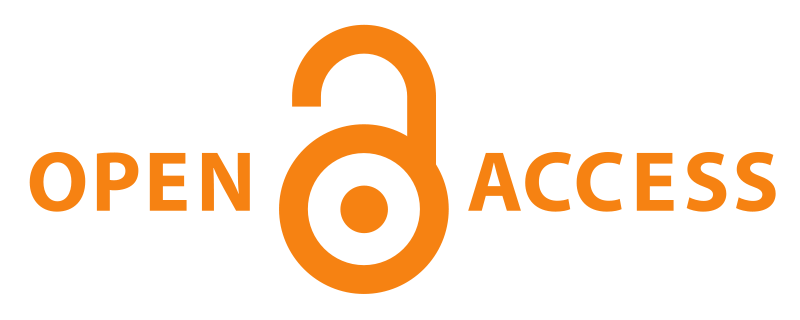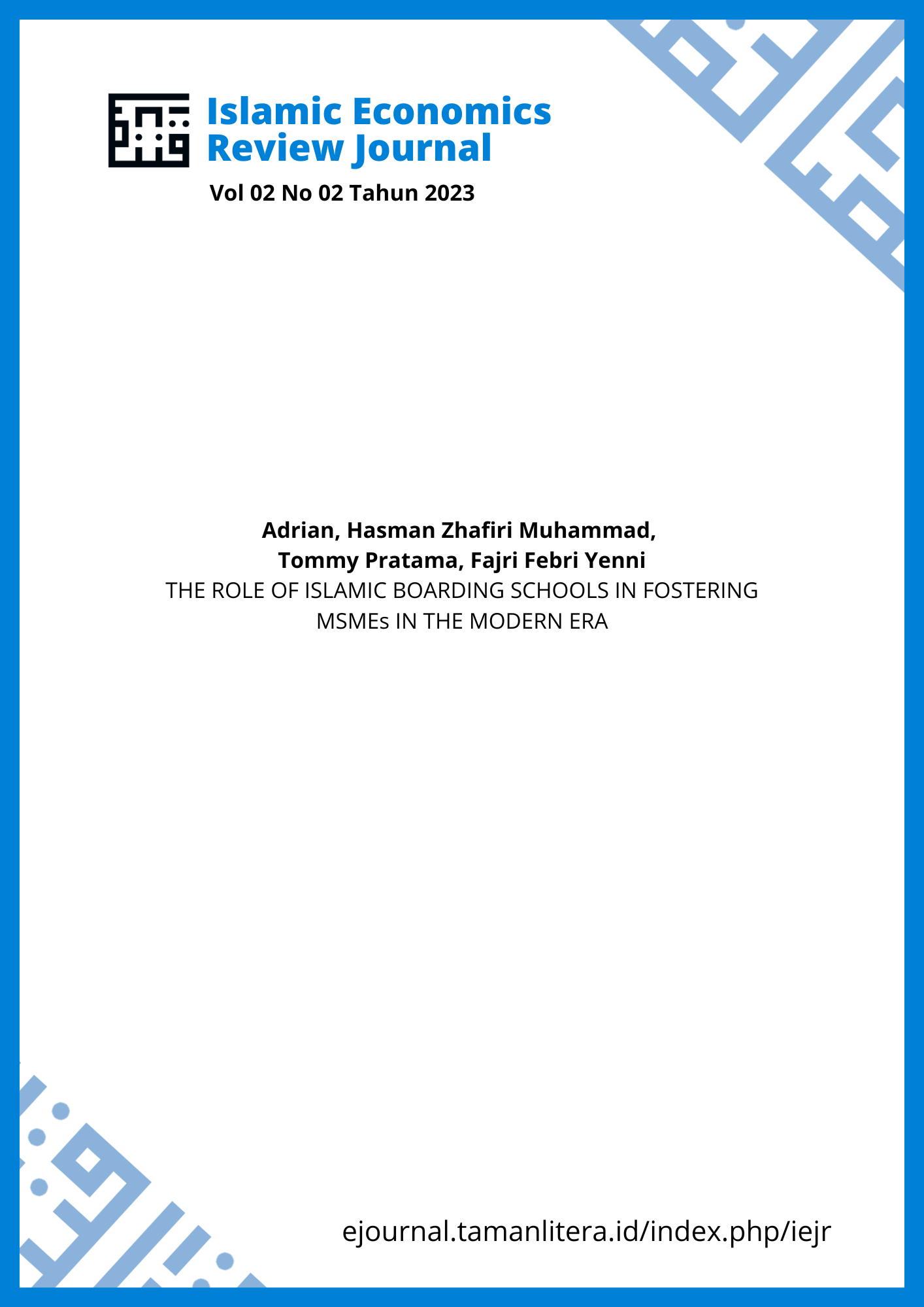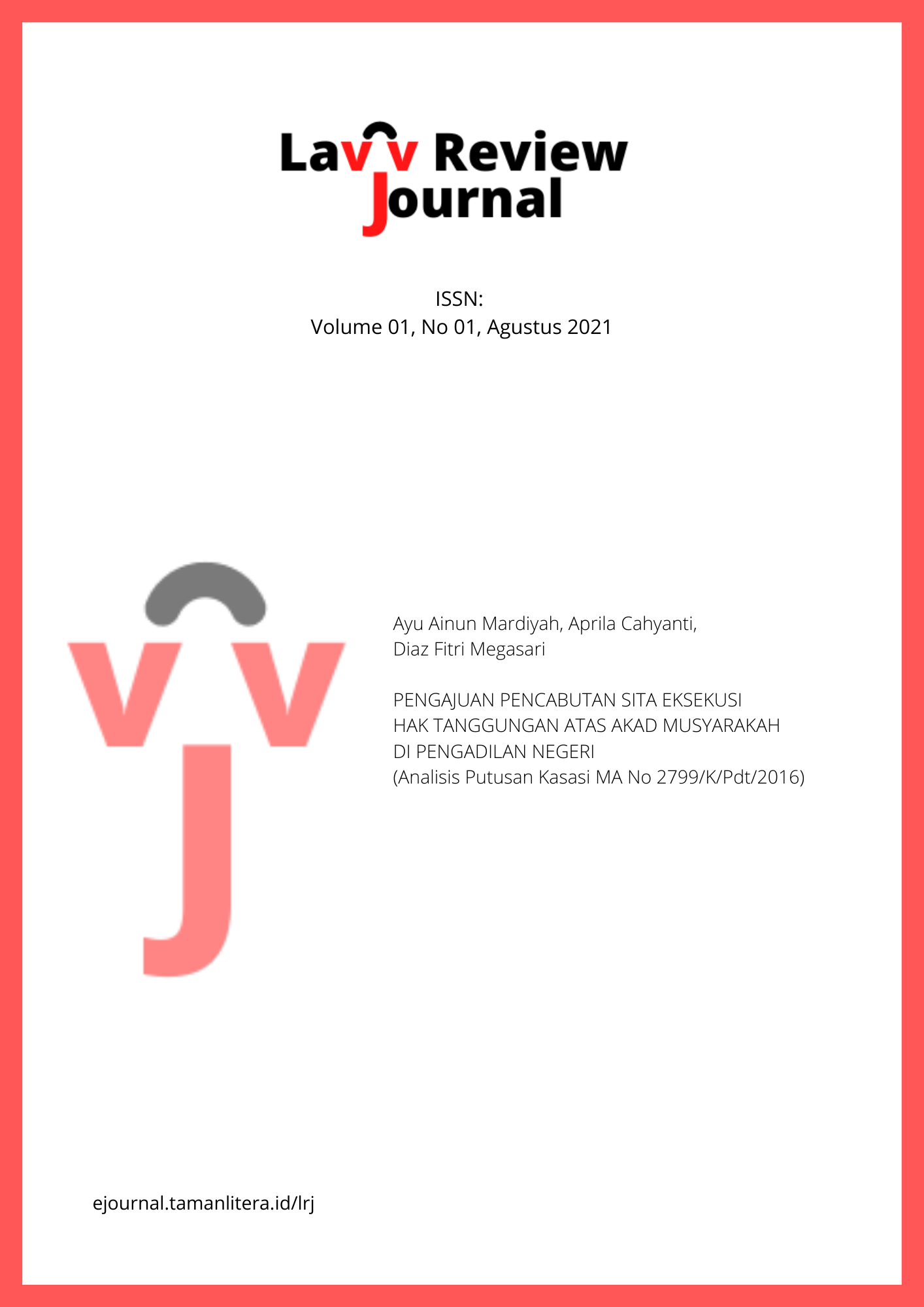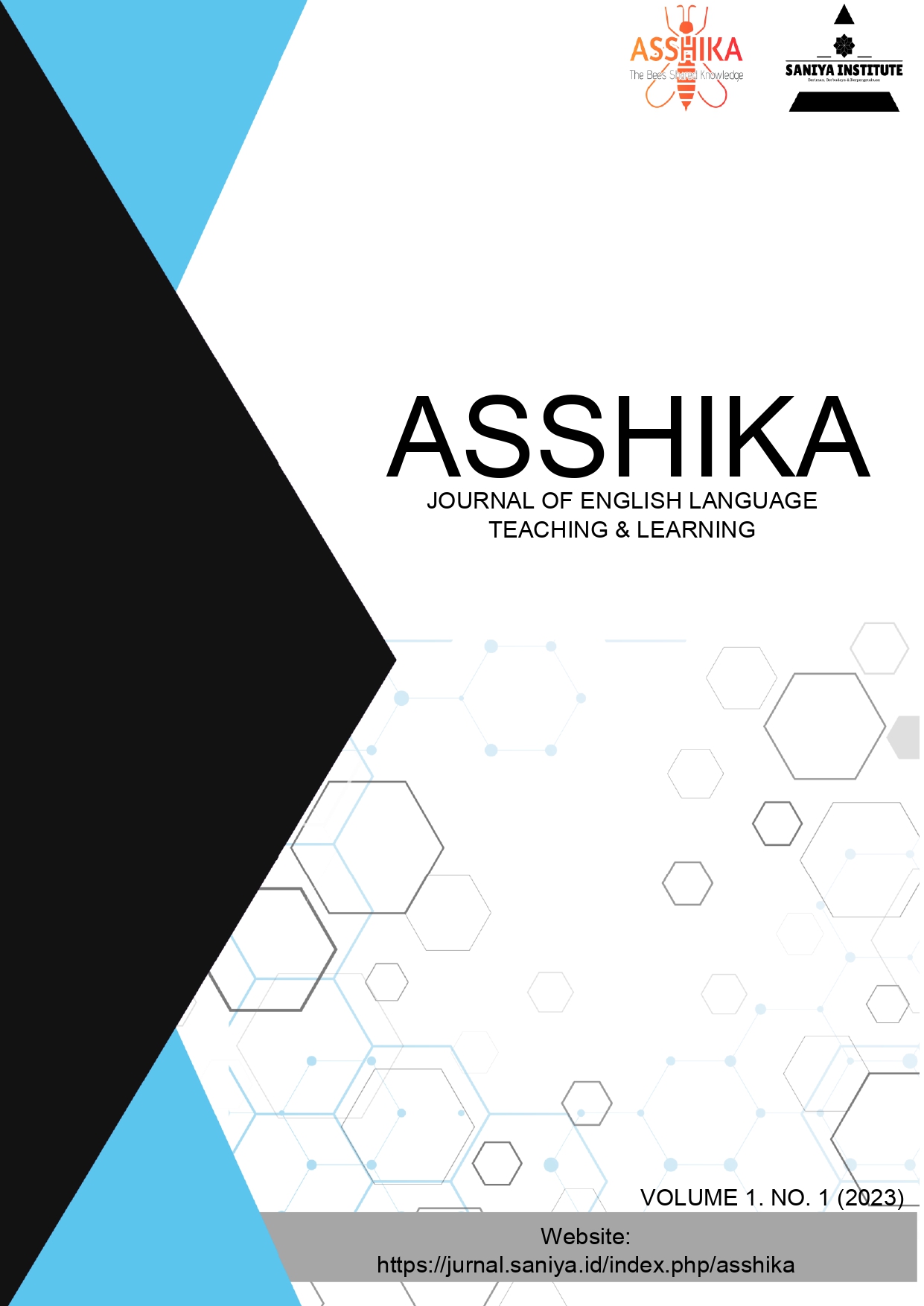Open Access
Today, open access to research is an urgent topic in the global scientific community.
Open access (OA) - free, fast, constant, full-text real-time access to scientific and educational materials, implemented for any user in the global information network without any restrictions on access tools or for further use. The open access mode can be applied to all forms of published research results, including articles of peer-reviewed and non-peer-reviewed scientific journals, conference proceedings, texts of scientific dissertations and qualification papers, book chapters and monographs.
Reason for Open Access
Interesting and important studies are most often inaccessible to a wide audience because of the need to pay for access. Many universities and organizations that fund research actively advocate for open science. This was the main reason for the emergence of the Open Access movement.
What does publishing in OA journals imply?
This is a good opportunity for the publication activities of each author. Works can attract the attention of other scientists to the results of experiments and convey them to the scientific community. Materials are available and visible to researchers online. This will help increase the citation rate, which will be no less than in traditional journals. After all, the open access model implies a more active use of the results of scientific activity by other researchers. And this helps to reach new career heights.
Types of Open Access
Escrow - authors publish in a magazine distributed by subscription, and in addition to this, they make their articles available in real time and free of charge, usually placing them in the depository of their university or in the central depository. The deposit may be issued in the form of an article that has already been reviewed or in the form of a signal copy. Deposition was first proposed as a general practice in 1994 by Stephen Harnard, although computer scientists have spontaneously deposited in anonymous FTP archives since at least the 1980s (CiteSeer) and physicists from the beginning of the 1990s online.
Over 90% of peer-reviewed journals support any form of escrow.
Publication in publicly accessible journals makes materials available in real time immediately.
Approximately 10% of peer-reviewed journals are currently in the public domain.
What is the difference between publishing in a regular magazine and an open access magazine?
In a traditional journal and OA journals, the author pays for the costs of reviewing. But the scientist does not pay for the publication of the article in the first type journals, in contrast to publications in Open Access, which have a rather high cost of publication. Payment for publication in OA depends on the level of the magazine, its quartile, and impact factor. Often, the publication of a work can be financed by a philanthropist or organization interested in the scientific activity of the author. Also, you can team up with another scientist to implement the project.




